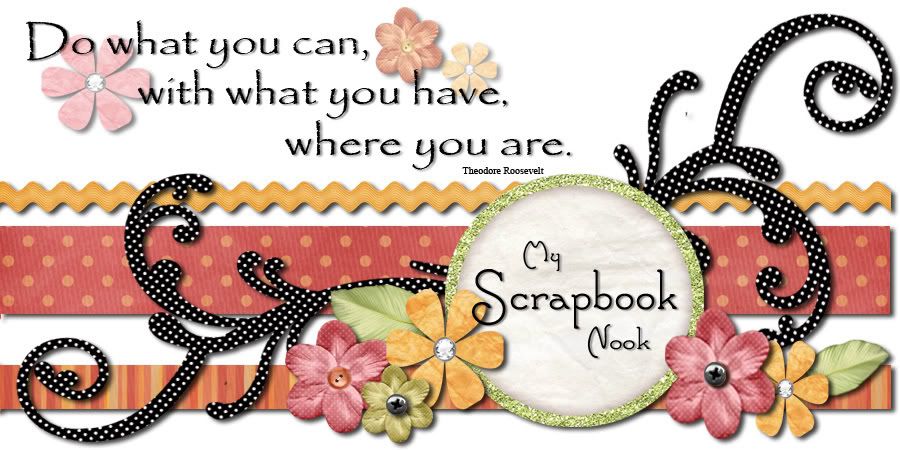My latest obsession is with thread. Just like scrapbookers need adhesive to stick things together quilters need thread- an a lot of it! I'll be honest, I was not aware of the mass quantities of thread quilters go through when creating a project. From stitching in all of your pieces of fabric before washing to, basting stitches, regular sewing it together stitches to the quilting of the project- oh is it ever a lot of thread!
Now here comes the other part- what kinds of thread to use on your various projects. Again this like scrapbooking and all of the different brands and kinds of adhesives, there are just as many or more brands of thread out there. Do you use polyester, cotton, rayon or silk thread? And then they throw in something else- weight. It's to do with the thickness of the thread- 50 is a standard cotton thread weight for quilting. The higher the number 50, 60, 70 etc the more fine the thread, a 25 weight thread is rather thick and is used for hand quilting and a 70 weight would be used for bobbin thread. Then comes the different brands- some leave more fuzz than others and it's only by personal experience will you really know what I'm talking about (it's something that you need to see happen with your own machine). Some people are fine with the lesser quality threads and the massive amounts of fuzz they leave all over their machine and projects and other sewers/quilters are not so tolerant and refuse to deal with that mess. Then comes another issue- price. It all comes down to what are you willing to pay for thread? Are you willing to pay more for a good quality spool of thread? How much more? There are many choices out there. There are websites like Red Rock Threads and All Threads that are dedicated to bringing you the best quality threads at reasonable prices.
Regardless of the brand or type of thread you buy to use on your sewing projects there's something else to consider- the maintenance of your sewing machine. Keeping your machine in good working order means that you will have to preform some maintenance tasks on a regular basis. I've read my manual and learned how to do this very thing myself. By preforming a "cleaning" of the bobbin and feed dog area after every project (some people do this after every bobbin change), it greatly reduces the chances of having you machine jam and have to be taken into the shop. Read the manual to your sewing machine and follow it's instructions, you'll be surprised the first time you clean your machine at the amount of lint it has collected- I know that I was very surprised at how much lint that my machine had in it. While I'm taking time to change the needle (after 8 hours of sewing time or there about) I also take off the sewing plate and clean it all out, the bobbin housing pops right out and I clean underneath and all around it, I clean the feed dogs and put it all back together. I once again have a happy sewing machine and am now ready to embark on another sewing adventure!
Wednesday, July 16, 2008
Subscribe to:
Post Comments (Atom)













2 comments:
Wow...I didn't even think of all the thread! I always think about all the fabric.
I want to learn to quilt, I just saw a rag quilt on Etsy that I want to make for my youngest! :)
Oh dear Gabrielle, let me tell you about the money I've spent on thread since starting all of my "sewing" projects. Through trial and error I've discovered which thread brands NOT to use or ever waste my money on again. And others brands that I can't do enough justice and rave about how well they work and their ecellent quality! I'd loce to see which quilt pattern you're looking at on Etsy- send me a link!
Post a Comment